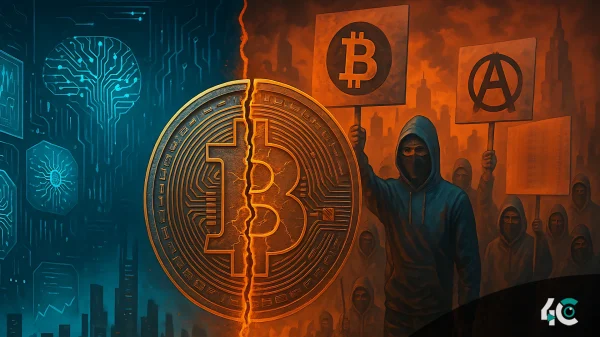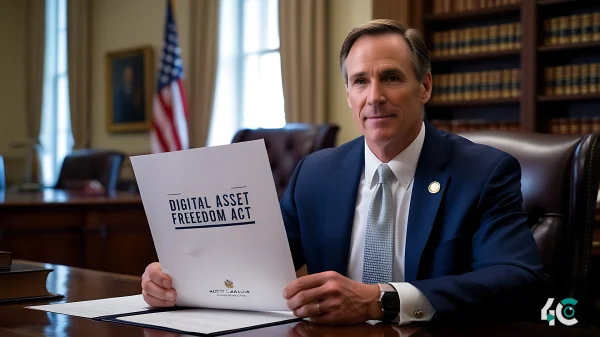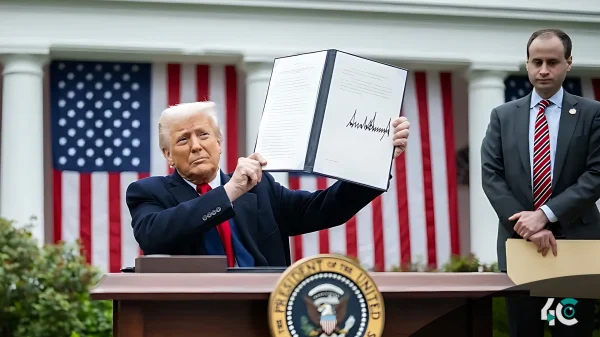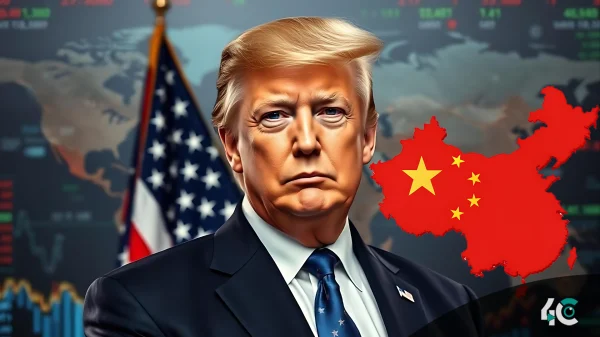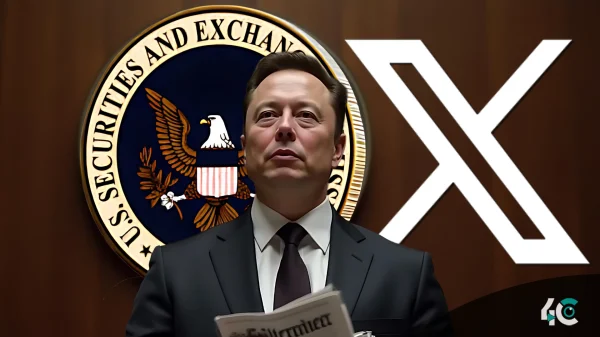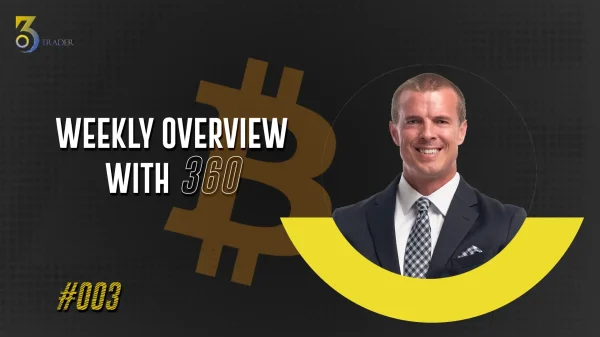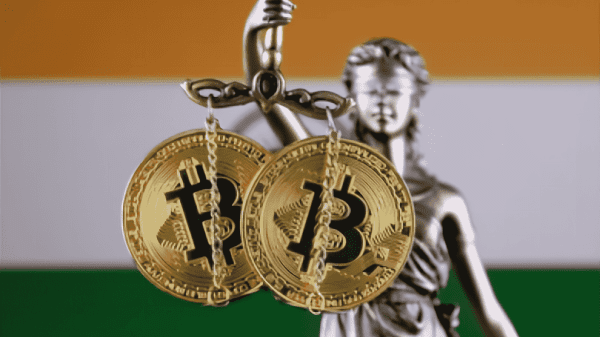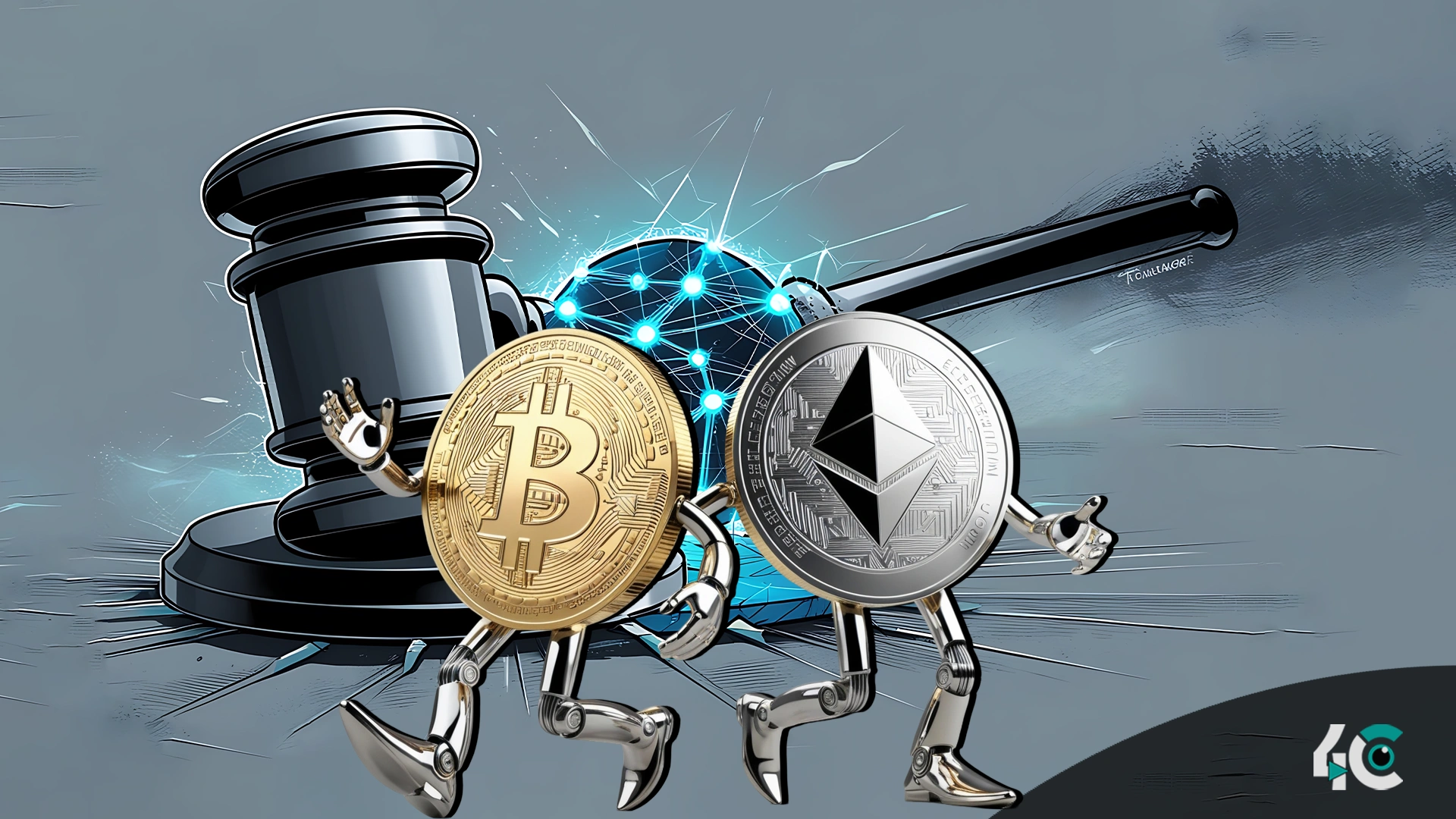Hackers are increasingly targeting DeFi platforms through flash loan attacks, exploiting smart contract vulnerabilities to drain millions. As the crypto space evolves, these sophisticated exploits highlight the urgent need for stronger security measures in decentralized finance.
The Potential of Decentralization.
Initially, financial centers, states, corporations, banks, and others with authority over money were the targets of cryptocurrency creation. With Bitcoin, Ethereum, and other distributed networks, people can govern, store money, and deal freely without relying on an entity. The vivid image of financial independence touches millions deeply.
Belief in decentralized systems that began to gain traction following the introduction of Bitcoin has only grown. Non-fungible tokens (NFTs) let artists profit from their work, hence strengthening the idea of ownership. For many, these developments are not only technical improvements but also a fresh perspective on self-control and self-sufficiency.
The Regulatory Resistance.
Regulators are looking closely now, though, as the crypto economy develops. Governments have stated that activities include illicit schemes, safeguarding investors, tax evasion, and how their financial system operates. Wallets, DeFi protocols, stablecoins, exchanges, and even wallet holders are often targeted by these rules.
Recent instances include.
Many nations now require crypto exchanges to follow Know Your Customer (KYC) and Anti-Money Laundering (AML) rules, hence removing anonymity—one of crypto’s basic attractions.
Stablecoins like USDT and USDC worry regulators since they could upset monetary systems. New regulations want stablecoins backed by real dollars in a bank or under central bank supervision.
Tax officials want thorough transaction data for undocumented cryptocurrency income. Some nations have increased levies to discourage speculative trading.
While some countries place limitations on particular activities, others have completely banned crypto-mining and trade under severe circumstances.
Governments appear to be attempting to prevent decentralization to maintain their power. Are they attempting to safeguard market integrity and consumers?
The Argument for Regulation.
Proponents of regulation claim that to create confidence and legitimacy in crypto, we require government assistance. Lack of defined rules will allow frauds, hacks, and scams to run unchecked, eroding public trust. Notable failures like FTX and Terra/Luna highlight the risks of operating without rules.
Regulation can also facilitate institutional adoption by providing an opening. Unless they can do so lawfully, banks, pension funds, and businesses are unlikely to engage with cryptocurrency. Setting the standards would enable governments to assist in integrating blockchain into conventional finance.
For example.
The EU’s Markets in Crypto-Assets Regulation (MiCA) aims to establish a legal framework that clarifies the corporate environment.
By designating some digital assets, the SEC and CFTC in the United States have moved closer to distinguishing securities from commodities.
Regulation may live with decentralization if the appropriate ideas are in place.
The article discusses the dangers of decentralization.
Still, detractors say too much control might destroy the genuine core of cryptocurrency. Imposing excessively tight rules would be to surrender once more authority to a select few, thereby undermining decentralization.
For instance.
Should all wallets need KYC, it will compromise privacy and render self-custody unfeasible, hence compelling users to rely exclusively on controlled custodians.
Banning dApps or mandating smart contract licenses could end innovation in DeFi and Web3.
Government authorization of every stablecoin issuance turns them into a state surveillance tool rather than a neutral instrument.
At times, it appears that the purpose of laws is not only to safeguard the customers but also to maintain control over the financial institutions and the monetary policy. Critics cite initiatives such as Central Bank Digital Currencies (CBDCs), which mimic certain aspects of cryptocurrency but not its decentralized power, as evidence of these manipulative tactics.
We need to find a middle ground.
We probably won’t resolve the conflict between regulation and decentralization anytime soon. Both these groups make fair points: the governments have to handle the reasonable concerns; the innovators have to defend the idea that crypto can be revolutionary.
Policymakers have to develop flexible, technology-neutral strategies if they are to balance innovation and confidence. Important factors are
Regulations should respect user sovereignty and not impose blanket KYC criteria for non-custodial wallets.
We plan to experiment with new technologies in sandboxes and pilot programs to support efficient innovation.
Nations ought to establish unambiguous rules for crypto assets that regularly safeguard consumers and don’t impede commerce.
Knowing and understanding helps people to avoid being used and cheated.
Ultimately, we should not want to eradicate blockchain technology but rather seek to use it while minimizing its hazards.
Is government killing decentralization? Not really. While some regulatory actions may appear excessive, they often stem from genuine safety and security concerns. But if poorly done, they could compromise what makes crypto revolutionary.
We need the right words to enable responsible ongoing innovation.
Will the governments strike this balance? Should they not, the decentralization region will remain a free space; should they, it will not. The future of crypto will, as the battle goes on, clearly rest on how effectively we navigate this delicate balance between freedom and control.










